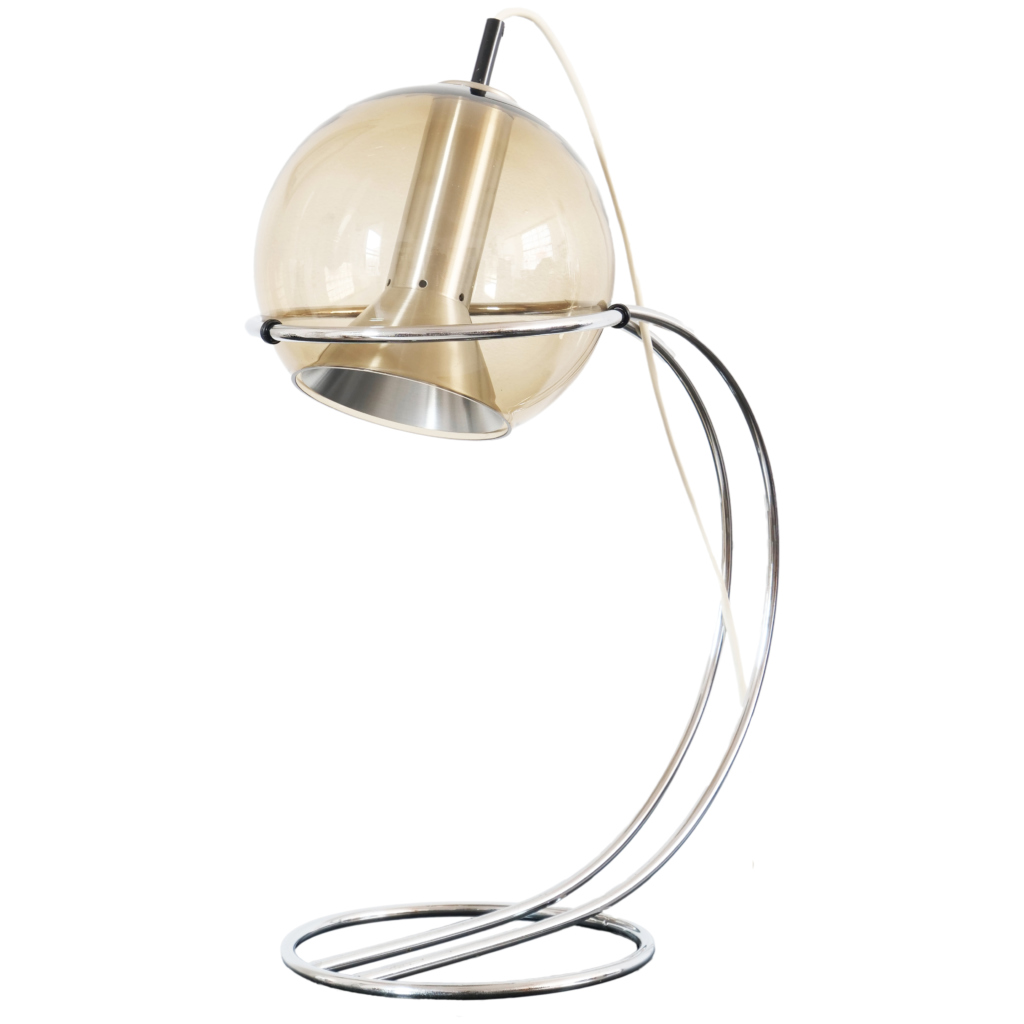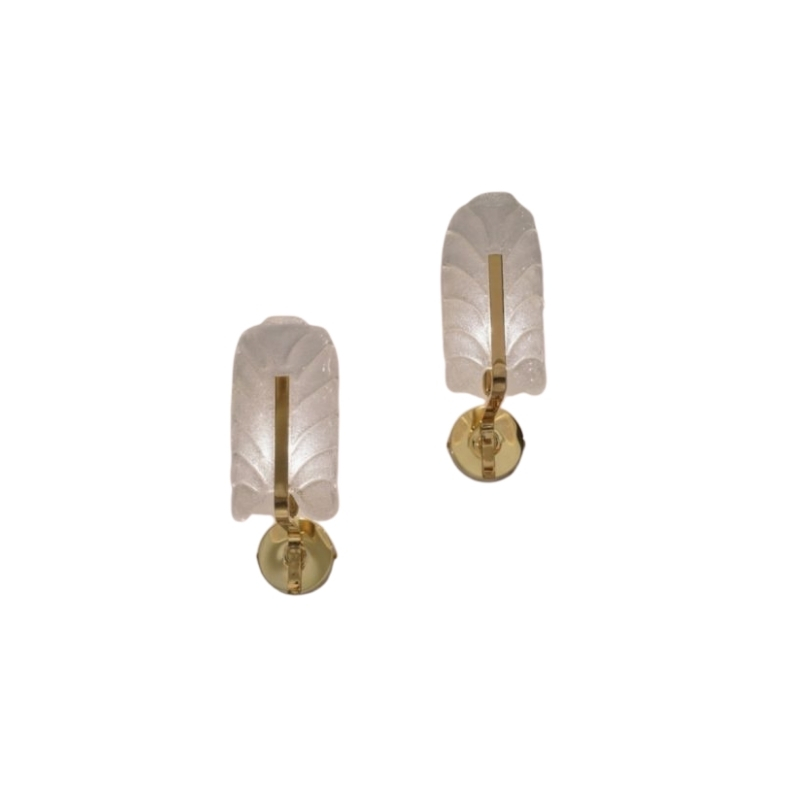Maybe I'm confused here, but...
Maybe I'm confused here, but didn't the DKR exist before the DSR? That would mean that the wire version is the first time this shape of seat is used.
I think the Herman Miller ads and catalogs of the early 1950's lists the DKR, DKX, LKX & LKR together with the DAR, DAX, LAX, LAR (the armshell variations), but without the fiberglass sideshells. I think the plastic sideshell only appeared in 1951 or 52...
The plastic
The plastic chairs were developed from the stamped metal chairs because the metal proved problematic as a material. Charles reasoned that the armshell provided more of a challenge so it was developed first, and then the side was developed shortly thereafter. Eames Design lists the armshell as 1950-53, and the sideshell from 1950-53. The DKR entered the market in 1951, and the stamped metal experiments were submitted to the Low Cost furniture competition much earlier in 1948. Clearly the shape had already been pretty much established, so the leap that Bertoia had influenced the material and structure - so heavily - many years later is a bit of a stretch.
MidMod - Most of what Bertoia talks about in the interview are the bases of the Eames prototype plywood chairs. There were dozens of variations on the supporting mechanisms of the seats. Many of the metal variants are (now) given credit to Bertoia, altho lack of credit at the time is credited with his leaving the office.
Now, if you want to see something really amazing (that I just noticed) look closely at captains chair on page 68 of Eames Design.
Does
Anyone actually have or has anyone seen an "early" fiberglass side shell? Were the side shells ever made at Zenith? I have never seen one marked as such.
I have one that I believe is circa 1954, and the plastic is very different from the Zenith arm shells. The early arm shells had a tremendous amount of visible and exposed fibers. The side shell I have barely has any, and the plastic is much thicker.
I recently found a posting...
I recently found a posting on Craigslist that was selling a Barber's chair made from an Eames side shell. Also - a friend found some old circus rides that used real arm shells! So weird. I wonder if either of these were original ....
http://austin.craigslist.org/fuo/909193150.html
Woody
The first armshells were thin, with lots of fibers. The thinness proved a flaw, and the rope-edge was added by hand to strengthen the edge and keep it from cracking. A later Zenith armshell had only a partial rope edge, along the front and sides. By the time the sideshell was produced they had resolved the problem by thickening the shell, making it sturdier. I had a first gen. side shell - with no secondary pads for stacking base mounts, and it looked pretty much the same as any other side shell.
partial rope edge eames shell
How do know about the info about the partial rope edge.
Is there any documentation on this.
I heard that the partial rope edge where chairs in which the rope edge was going wrong (mistake) but they still finished the chair that's why there is only a part op the rope edge visable!!
partial rope edges are intentional, i agree
I have a partial rope edge arm shell and the rope placement looks very symmetrical. Two separate pieces at each front corner of the seat. They are each about 7 or 8 inches long, and are placed at the corners only. Very planned. Not a mistake in any way.
If you need any help, please contact us at – info@designaddict.com









